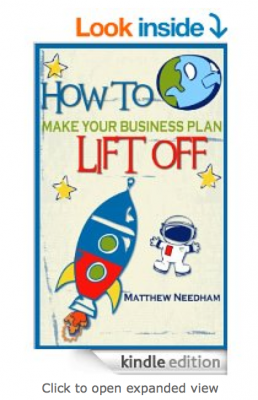Why you should never stop being you

Often business owners change their strategy as a response to a competitor. Maybe because they’ve got a better product, service offering or pricing. Before changing anything, never lose sight of what makes being you so special.
###
Back in the late 70’s my dad bought a Saab.
Every year or two for the next 16 years he replaced it with a near identical model.
I’m not sure whether he thought he was a fighter pilot (Saab also made fighter aircraft) or a rally driver (Saab won the Monte Carlo Rally back in ’62 and ’63).
Either way he loved the car and the marque.
Until one day he didn’t.
That day he was hit head on by another driver who was heading in the opposite direction and lost control of his car.
My dad was fine, but the car was a right old mess.
Surprisingly, the insurance company decided to repair it (even though the repair costs were almost 3/4 the cost of the car). I remember it took months to repair.
When it finally came back from the menders, it looked like new, but it had the odd creak and rattle. And, rather curiously, a mysterious draught of air came from around the windscreen when you hit 70 miles an hour.
After a few months of it going back and forward to the dealer to fix the creaks, rattles and the mysterious draught, to varying degrees of success, he eventually decided to change it.
Now of course, the obvious choice was for him to have a new Saab. Having had one so many times before, especially since the car had saved his life.
But back in 1989 something had happened to Saab, which made it considerably different. No longer was the tiny Swedish car manufacturer independent, it was bought up by General Motors (GM).
And by 1994 when my dad had come to replace his car, thanks to the global supply chain of GM, it was a considerably different car too. Although the car was still called the same as the old one, Saab 900, it was built on an entirely new chassis.
It was even known as the “New Generation” Saab 900.
I remember to this day going to the dealer with my dad to look at getting a new one. The quality of the build just wasn’t the same. Even the assuring deep “clunk” as you closed the heavy door in the original car was gone as the doors on the new model were so much lighter.
We’d seen enough, we didn’t need to take it for a test drive.
So, whilst it was called by the same name and looked vaguely similar to the original Saab 900, it wasn’t really a Saab any more.
The character and uniqueness were gone.
What’s was the point of buying something that wasn’t what it once was?
When you start to follow the crowd you start killing your business.
Never ever give up on your uniqueness, it’s what adheres people to you, your brand and your business.
GM’s strategy was to standardise the components and manufacturing processes as much as possible across it’s portfolio of brands. This strategy allowed GM to standarise it’s reduce parts inventory and allowed it to negotiate better prices from it’s suppliers, and thus drive profitability.
The problem with this approach though became all too apparent in late 2008 thanks to fading fortunes across GM’s portfolio of brands when GM put Saab up for sale.
How Big Business Lessons Work In the Small Business
“No one is going to buy a big phone”
So much so in fact that Apple eventually responded with the iPhone 6 and 6 Plus.
Why every business owner needs to start with why.
Play to your inner strengths. Never ever abandon them. When it comes to change, keep what people like, but add new features they’ll love.







